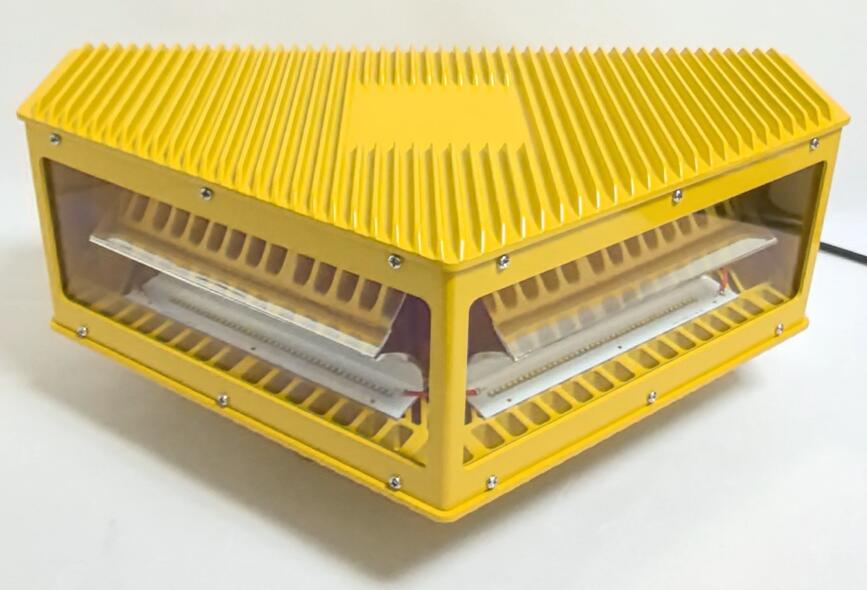Aircraft Warning Light Function: The Critical Role in Aviation Safety
The aircraft warning light function serves as a silent guardian of the skies, preventing collisions between aircraft and man-made structures. These specialized lighting systems perform a vital role in aviation safety by making tall structures visible to pilots during nighttime operations or poor visibility conditions. This article explores the multifaceted purpose of these lights, their operational principles, regulatory requirements, and technological advancements that enhance their effectiveness.
Core Functions of Aircraft Warning Lights
1. Obstruction Identification
The primary aircraft warning light function is to:
Mark stationary hazards (towers, buildings, cranes)

Provide visual reference points for navigation
Create depth perception for approaching aircraft
| aircraft warning light function |
2. Altitude Zone Indication
Different light colors and patterns indicate height levels:
Red lights typically mark lower altitude zones
White strobes identify higher elevation hazards
| aircraft warning lights |
Dual systems combine both for transitional areas
3. Enhanced Situational Awareness
The lights help pilots:
Judge distance to obstacles
Identify structure height and profile
Maintain safe clearance during maneuvers
Operational Principles
1. Visibility Requirements
Effective aircraft warning light function depends on:
Minimum luminous intensity standards
Specific flash patterns (40 flashes/minute for strobes)
360-degree coverage without dead zones
2. Environmental Adaptability
Systems must maintain performance during:
Heavy precipitation
Extreme temperatures
High winds and vibrations
3. Fail-Safe Mechanisms
Critical design features include:
Backup power systems
Automatic fault detection
Redundant lighting elements
Regulatory Framework
1. International Standards
ICAO Annex 14 specifications
FAA AC 70/7460-1L requirements
EASA CS-ADR-DSN guidelines
2. Lighting Categories
Regulations define three intensity levels:
Low-intensity (L-810)
Medium-intensity (L-864)
High-intensity (L-865)
3. Compliance Verification
Mandatory testing includes:
Photometric performance checks
Environmental stress testing
Power failure simulations
Technological Evolution
1. LED Revolution
Modern systems feature:
80% energy reduction vs traditional bulbs
50,000+ hour lifespans
Instant-on capability
2. Smart Systems Integration
Advanced functionalities:
Remote monitoring via IoT
Automated brightness adjustment
Predictive maintenance alerts
3. Sustainable Solutions
Eco-friendly developments:
Solar-hybrid power options
Dark-sky compliant designs
Reduced light pollution features
Special Application Considerations
1. Offshore Structures
Unique challenges:
Saltwater corrosion resistance
Hurricane-force wind ratings
Marine environment visibility
2. Urban Environments
Special requirements:
Light pollution mitigation
Aesthetic integration
Bird migration protection
3. Temporary Installations
Mobile solutions for:
Construction cranes
Event structures
Disaster response sites
Future Directions
Emerging innovations:
AI-Optimized Lighting - Dynamic pattern adjustment based on traffic density
Radar-Enhanced Systems - Combined visual/electronic warning
Biomimetic Designs - Bird-friendly flash sequences
The aircraft warning light function represents a critical intersection of regulatory compliance, engineering excellence, and aviation safety. As airspace becomes increasingly crowded and structures continue growing taller, these systems evolve to meet new challenges through technological innovation. Understanding their multifaceted role helps aviation professionals, urban planners, and infrastructure developers create safer environments for all airspace users.
The future of aircraft warning lights lies in smarter, more adaptive systems that not only meet current safety requirements but anticipate future needs through advanced monitoring and responsive technologies. Their continued development remains essential for maintaining the safety and efficiency of global air transportation networks.
